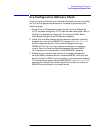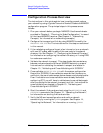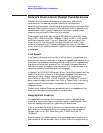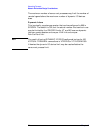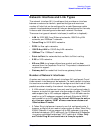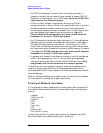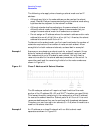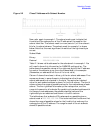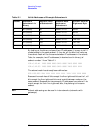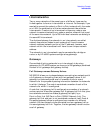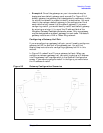
Chapter 2 27
Networking Concepts
Subnetworks
Subnetworks
IP Subnets are used to divide one network into two or more distinct
subnetworks. Subnet numbers identify subnetworks in the same way
that network addresses identify physically distinct networks.
Subnetting divides the node address portion of an IP address into two
portions—one for identifying a specific subnetwork and one for
identifying a node on that subnetwork.
Why Use Subnets?
The use of subnets is optional. Subnets are typically used in
organizations that have a large number of computers. You may want
two or more physically distinct networks to share the same network
address. This may occur, for example, if your organization has acquired
only one network number, but any of the following is true:
• A few nodes on a single network create the bulk of the network
traffic and you want to isolate those nodes on a subnetwork to reduce
overall congestion.
• You have a single LAN and have reached the limit of its technology
in terms of node numbers or cable length.
• LANs are located too far apart to be joined with bridges.
How Subnetting Works
You may use subnets to divide your current network into subnetworks
without informing remote networks about an internal change in
connectivity. A packet will be routed to the proper subnet when it
arrives at the gateway node. However, if you want a remote node to
know about only some of the subnets on your network, this must be
configured.
The network portion of an IP address must be the same for each
subnetwork of the same network. The subnet portion of an IP address
must be the same for each node on the same subnetwork.
Assigning Subnet Masks
Before you can determine subnet numbers, you first must determine
which bits of the node address will be used to contain your subnet
numbers.
The bits that you designate for subnet identifiers compose the subnet
mask. The subnet mask is configured with NMMGR. The remaining
part of the node address is used to identify the host portion of the IP
address.



